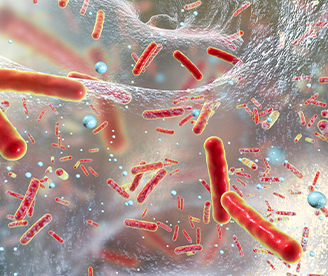
Bioremediation is one of the most promising technological approaches to the problem of hazardous waste, which relies on microorganisms such as bacteria, fungi or algae to transform hazardous chemicals into less toxic or nontoxic substances. Such biological transformation is more attractive than direct chemical or physical treatment. Microorganisms directly degrade contaminants rather than merely transferring them from one medium to another, employ metabolic degradation pathways and can be used in situ to minimize disturbance of the cleanup site. Hence, microorganisms can be effective, economical and non-disruptive tools for eliminating hazardous chemicals. There is no doubt that bioremediation is in the process of paving a way to greater pastures. My current research areas are bioremediation of heavy metals from effluents using a photobioreactor using bacteria-algae combination, bioremediation of pesticides using bacteria-algae -a bioreactor approach, metagenomic study of river Periyar and characterization of antibiotic resistant bacteria.